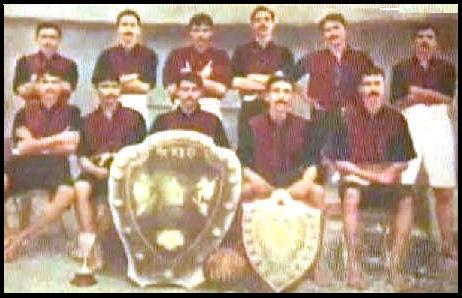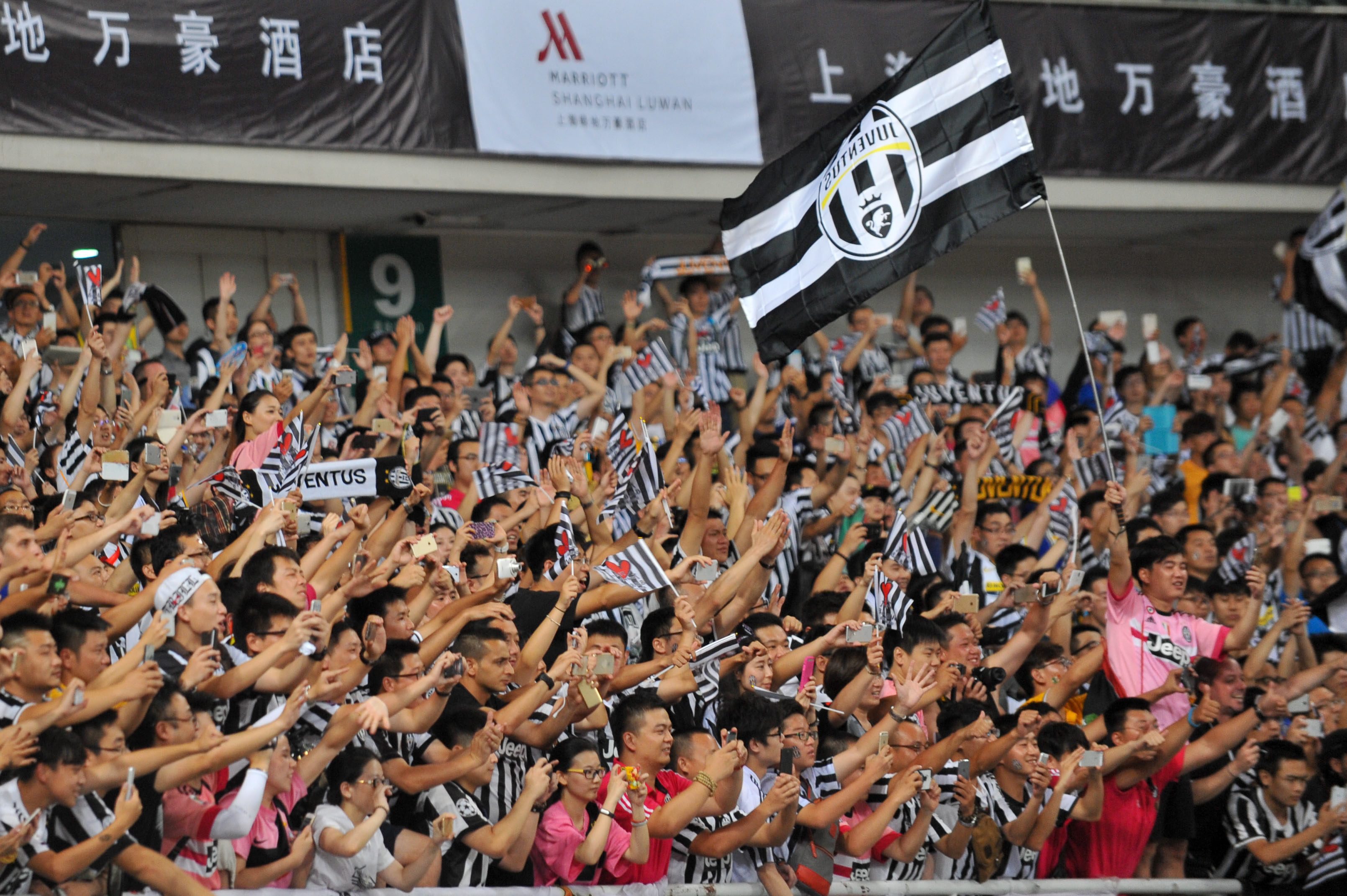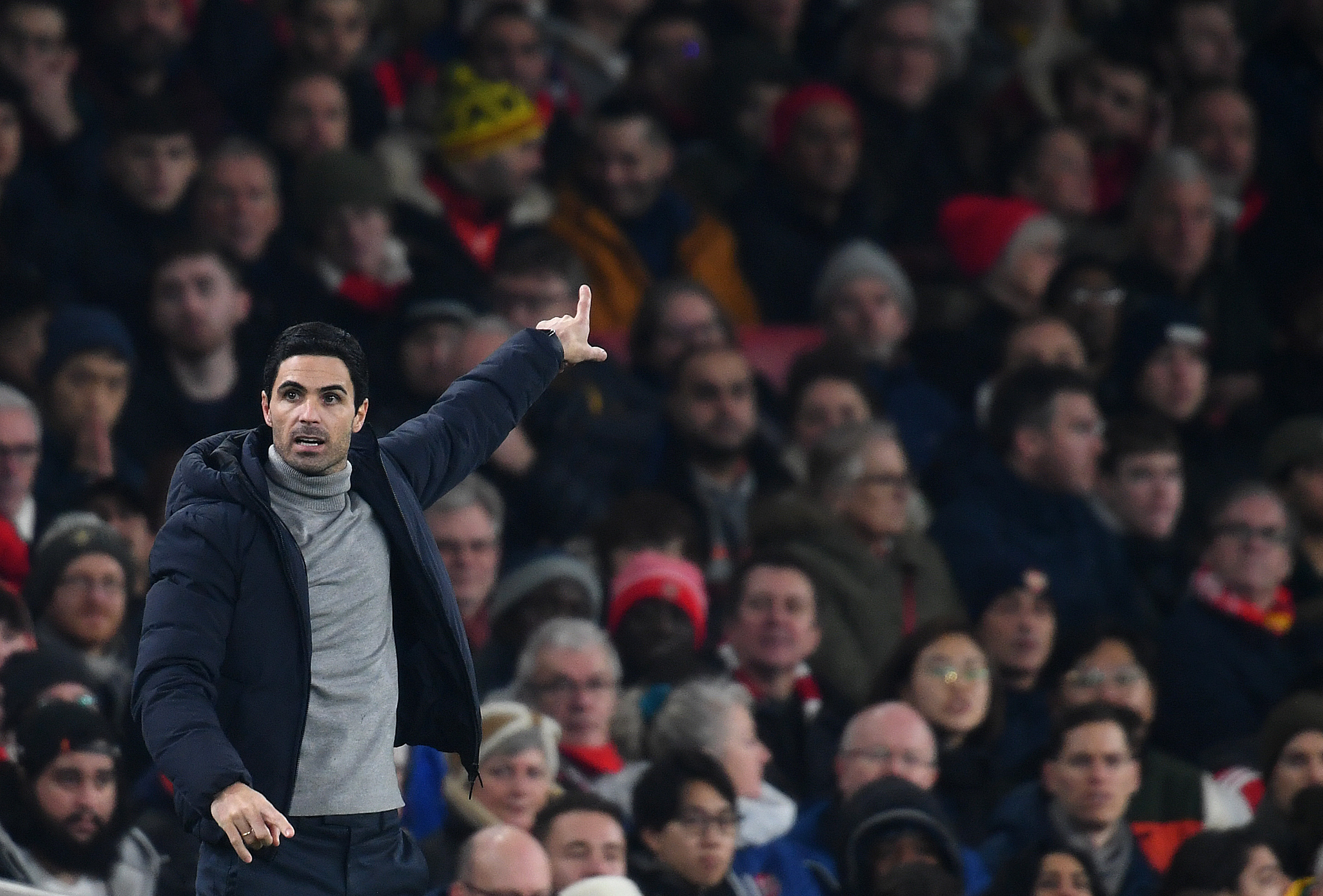Edit: Last year, TheHardTackle had published an article on Immortal XI on eve of IFA Shield victory celebration. That memorable event happened exactly one hundred years ago, today. So we are re-publishing the article to remember the Immortal XI.
On 29th July, 1911, eleven Indian players created history by winning the IFA Shield. That triumph was unarguably one of the finest moments in Indian football history. Mohun Bagan had cemented its position as more than just a football club. On that day the Green and Maroon brigade had turned into an institution, an emblem of nationalistic struggle.

Photo Courtesy: Dr. Debaprasad Deb [Paper cutting: Jugantar Newspaper]
99 years on, the club embarks on a year long celebration to honor the players dubbed as the “Immortal XI”. It starts from 29th July, 2010 to 29th July 2011. The Day is celebrated as “Mohun Bagan Day” across the world.
We take a look at the eleven brave hearts that created history 99 years ago.
Hiralal Mukherjee (Goal-keeper)
Mukherjee was arguably the most crucial player in the team. Born in 1886, he hailed from the Baghbazar area in North Kolkata. When he started playing football, he never had a fixed position, often playing as a right-back. He joined Bagan in 1906. He was advised by Sailen Basu, an official, to take up the spot between the posts. Like most goal-keepers of that era, he was characterized by his ability to weather the storm of opposition strikers’ tackles. He was often beaten black and blue by British forwards, but he never spilled the ball in such circumstances. Against Rangers FC, Mukherjee saved three penalties and kept Bagan in the tournament.
He was a popular player till he passed away in 1962.
Bhuti Sukul (Right-Back)
Hailing from Uttar Pradesh, Sukul was the only non-Bengali member of the Immortal XI. Born in 1889, he was one of the eminent defenders of that era. Blessed with a tall physique, Sukul had good heading and tackling ability. He played in Mohun Bagan till 1918. He passed away in 1943.
Sudhir Chatterjee (Left-Back)
Reverend Sudhir Chatterjee was the only footballer in the 1911 team who wore boots. Born in 1883, he joined the Green and Maroon ranks in 1904. He formed a solid defensive partnership with Sukul. His game reading and ability to anticipate opposition attacks made him an invaluable partner to Sukul’s tackling ability.
His football career was not a lengthy one; an injury ended it in 1914. After leaving the game he became a celebrated academic as established educational institutions. His love for the game and Mohun Bagan remained undiminished. He was the only surviving member of the 1911 team when the club celebrated its Platinum Jubilee in 1964. He passed away in 1966.
Manmohan Mukherjee (Right-Half)
Manmohan was one of the most versatile players in the Mohun Bagan team. Despite being fielded as a right-half, whose main function was to shield the defence, Mukherjee used to go on regular overlaps. He was renowned as a snatcher; the British nicknamed him “Terrier” for his uncompromising play.
Manmohan Mukherjee was born in 1883. Bijoydas Bhaduri gave him the opportunity to don the green and maroon jersey. He was an employee in the British-ran-PWD in Bengal. He lied to his British boss on the day of the final citing urgent problems at home, he left work and went off to play the final. A British officer might not have given him the permission to play against a British team; therefore Mukherjee lied to get a leave. His son, Bimal, captained Bagan’s first ever Calcutta League winning team. Mukherjee passed away in 1948.
Nilmadhab Bhattacharya (Left-Half)
He was the most elegant and skillful player in the Immortal XI. Nilmadhab was a man well known for both his skills as well as sense of humour. Born in 1888, he was a player who could hold up the ball and find his team mates with incisive passes. He passed away in 1951.
Rajendranath Sengupta (Centre-Half)
Born in 1892, Sengupta was the youngest member of the Shield winning team. In the days of classical 2-3-5, centre-half was probably the most crucial position. It was a position that often made the difference between a win and a loss. Playing at such a crucial position, despite his inexperience, is a testament to his supreme ability.
He was never daunted by his small stature. Excellent fitness and a never say die attitude, were two of the sharpest weapons in his armoury. After leaving the game he was a part of Indian Radio and did live commentary. He passed away in 1948.
Jatindranath “Kanu” Roy (Right-Out)
Kanu Roy was another ‘flair player’ of the team. He was a wonderful ball-distributor. He was a good finisher and scored a goal in the Shield semi-final against Middlesex. Besides being a footballer per-extraordinaire he was also adept in other sports like hockey and cricket. He was born in 1890 and breathed his last in 1962.
Immortal XI in a classic 2-3-5 formation
Srischanda “Habul” Sarkar (Right-In)
Habul Sarkar joined Mohun Bagan in 1909. He started out as a centre-half but later switched to right-in. He had an uncanny ability to score goals out of the blue. He scored the 2nd goal in a 3-0 mauling of Middlesex Regiment in the semi-final.
Abhilas Ghosh (Centre-Forward)
The focal point of all Mohun Bagan attacks was the man nicknamed as “Black Devil”. His biggest strength was his bullish stature. In the semi-final, the goalkeeper of Middlesex left the field after he got injured due to a clash with Ghosh. He was also responsible for scoring the most famous goal in Bagan’s history.
The score in the Shield final was 1-1 at that time, with the clock running down; Ghosh tore through the East Yorkshire defence. He made no mistakes with the finish, sending the 80,000 strong crowds into hysterical celebrations. He also scored the first goal of the Shield campaign in 1911.
In 1955, while he was in sickbed there was an urgent need of blood. Legend has it that hundreds of Green and Maroon fanatics gathered to donate blood for him.
Bijoydas Bhaduri (Left-In)
Aged 30, Bijoydas Bhaduri was the oldest member of the Immortal XI. He was one of the best dribblers in early Indian football. He was equally adept in both right-in as well as left-in positions. He was the elder brother of captain Shibdas Bhaduri.
Shibdas Bhaduri (Left-Out)
The legendary leader of the legendary team; arguably the most important player of the Immortal XI. Shibdas can very well be marked out as the reason why Bagan won the title. The whole team was de-motivated when East York took the lead in the final. British supporters in the stand were celebrating. It was Bhaduri who scored the crucial equalizer. And his goal was a brilliant individual effort- a goal which lifted the entire arena as well as his team. Cometh the hour, cometh the man, Bhaduri was the man of the moment. He was responsible for the winner as well. He was the one who dodged past defenders and laid a perfect ball for Abhilas Ghosh to finish.
Shibdas Bhaduri was a man of sublime skills; he was nicknamed as “Pichol Babu” (Slippery Man) because of his ability to get past defenders. His contemporaries swore by his name as the best player that they had ever seen. His contribution to the club as well as football in general is everlasting. Shibdas Bhaduri also scored ten goals in second division league in 1914. His tally propelled Bagan to qualify for first division of the Calcutta Football League. In 1905, he scored four goals in the Gladstone Cup Final as Bagan beat Dalhousie 5-0.
Shibdas Bhaduri has a street named after him in North Kolkata. His contributions were honoured by the club when the Mohun Bagan Ratna was bestowed upon him in 2003. He was the first player of the Immortal XI to get this award.
This year, each of the remaining ten members of the team was given the Mohun Bagan Ratna in a grand ceremony. Descendants of the players were invited to Mohun Bagan day celebrations and received the award on behalf of the players. Sadly, Bhuti Sukul’s relatives could not be traced.
A film “Egaro” (Eleven) is under production currently. It will depict the epic battle of the barefooted players. Mohun Bagan is taking concrete steps to ensure that these eleven player are never forgotten, the Immortal XI will always remain etched in memory of the masses.
Note: A special thanks to Bengali dailies – Aajkal, Ganashakti, Bartman, Anandabazar Patrika and especially Pratidin for a wonderful coverage on the event.






